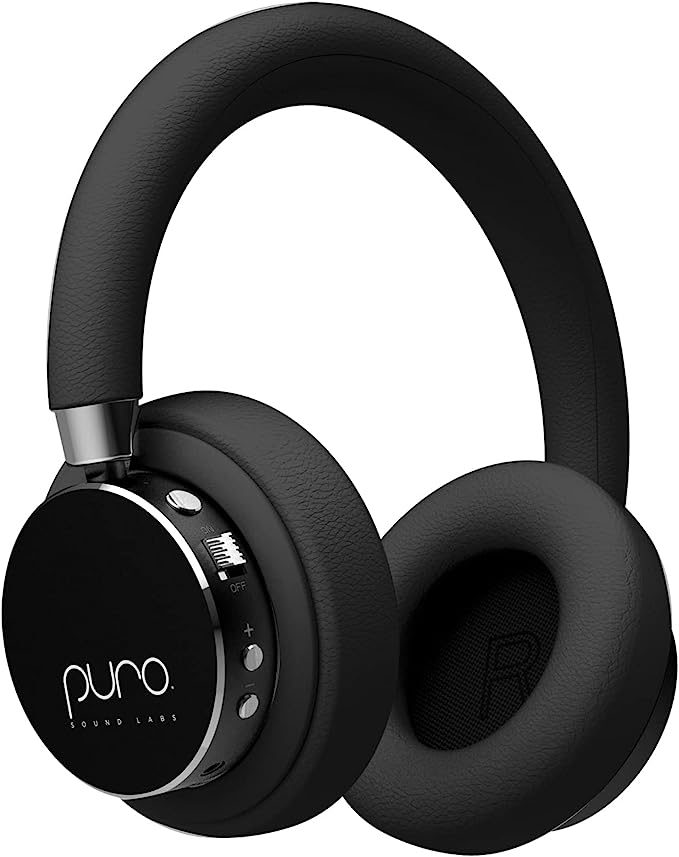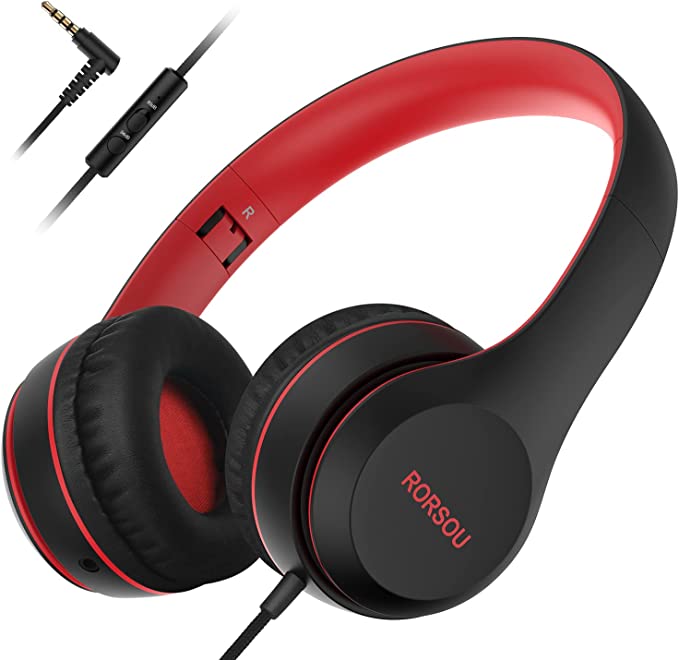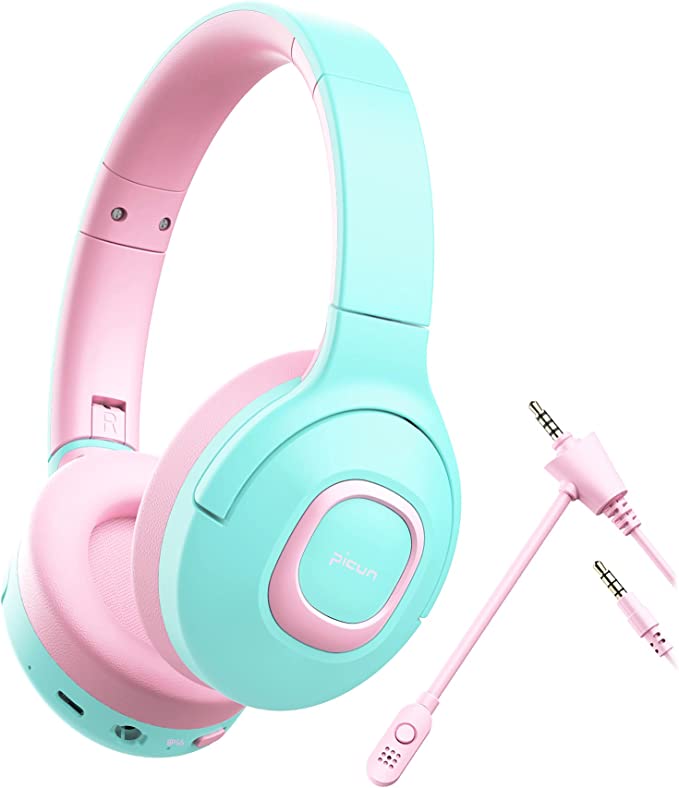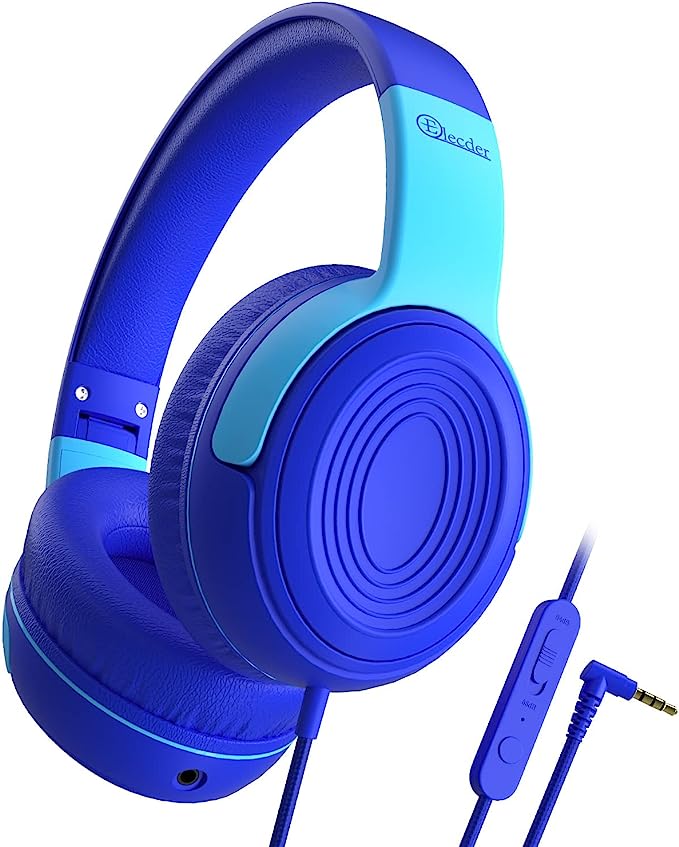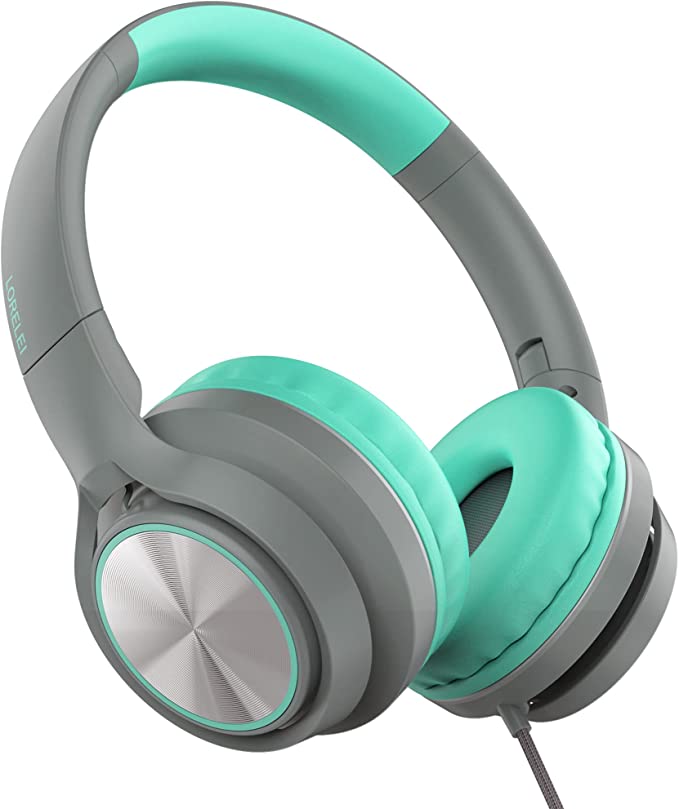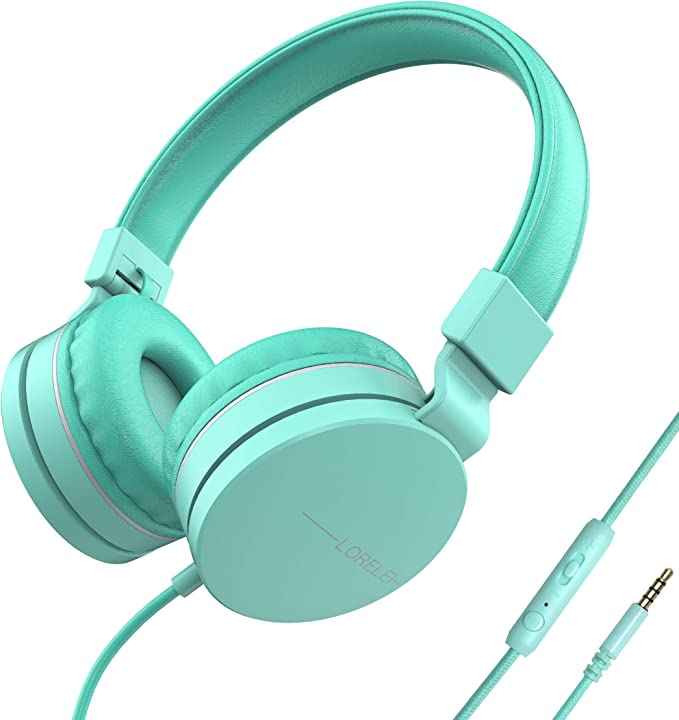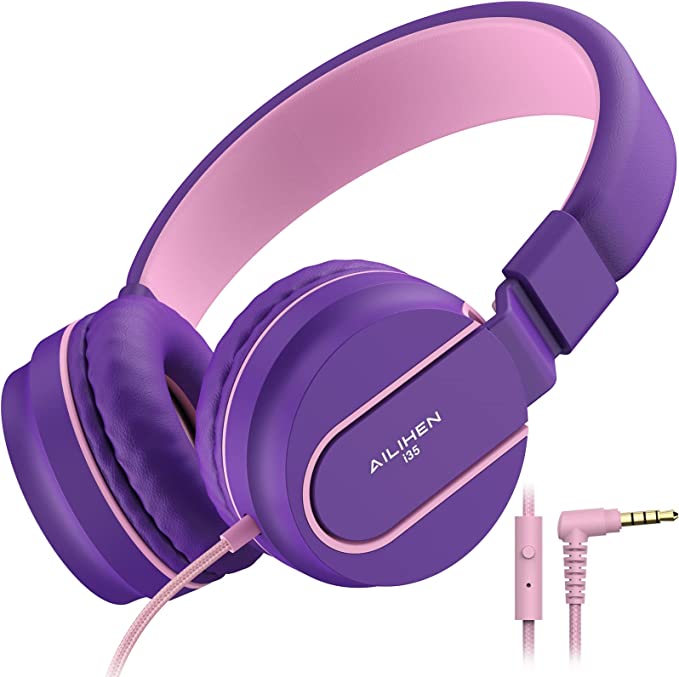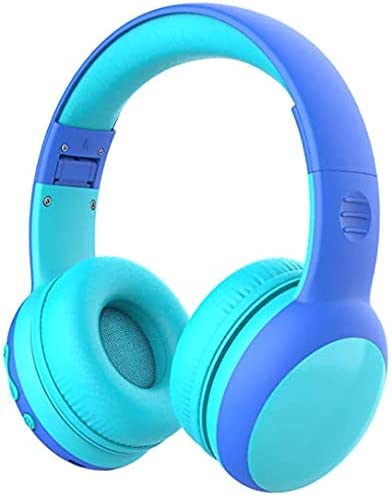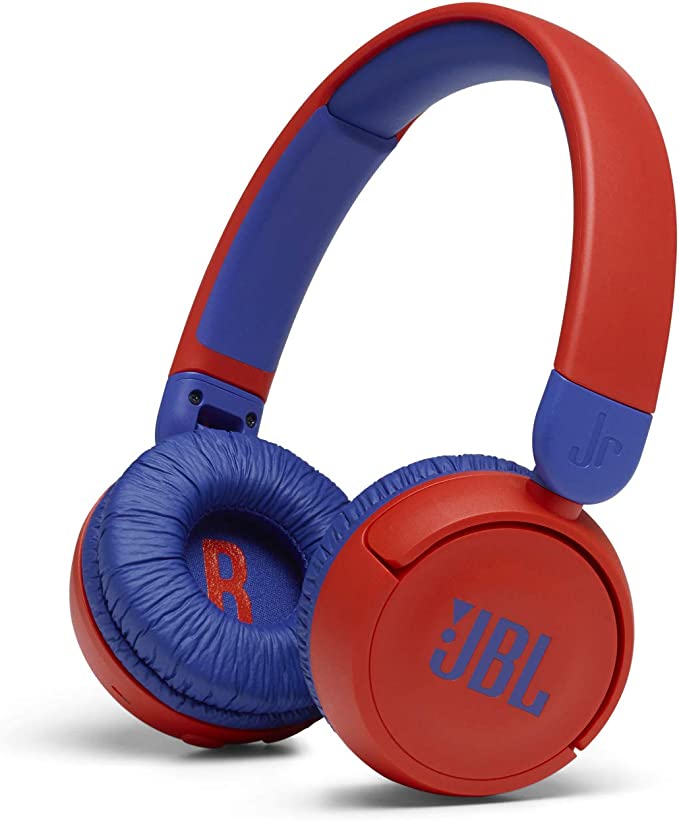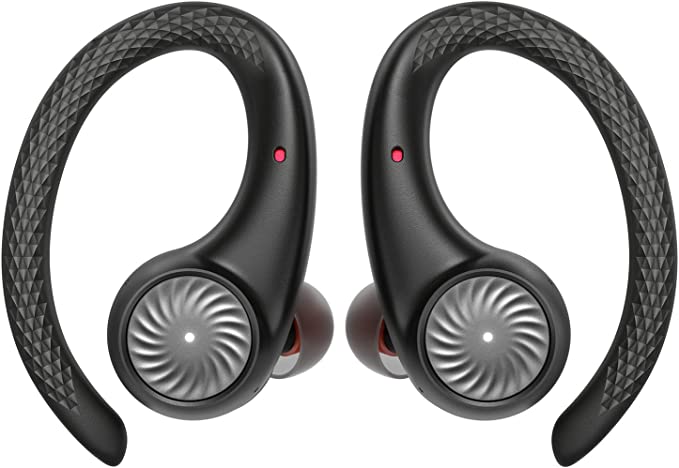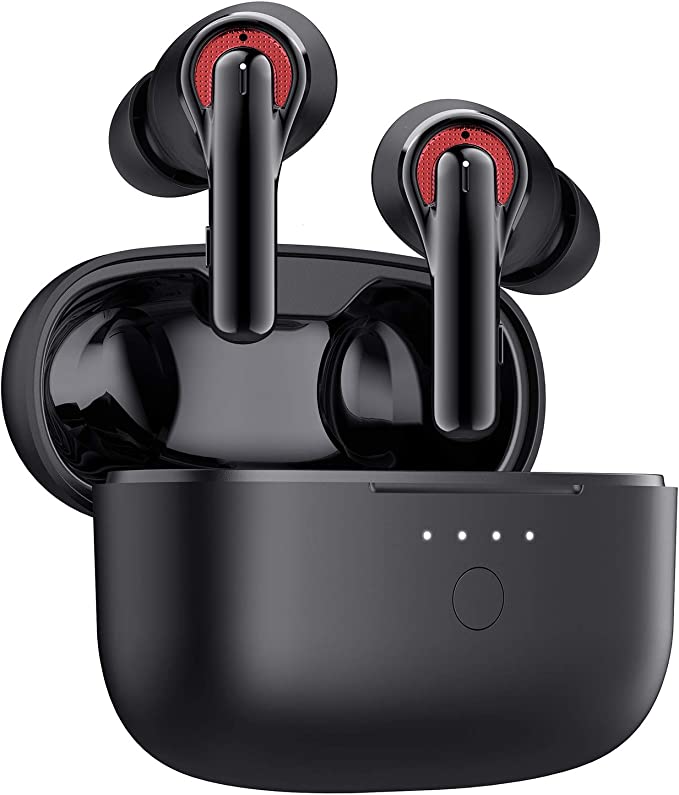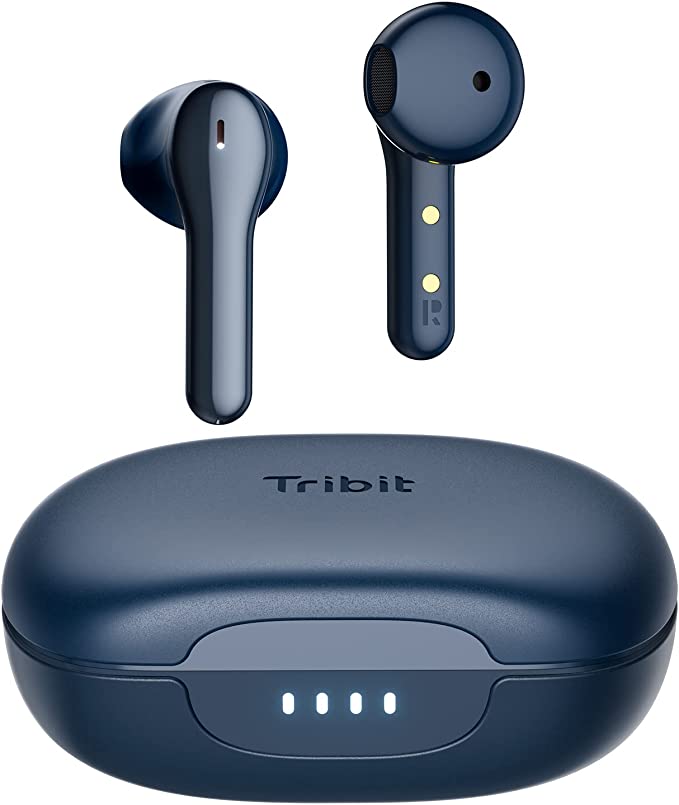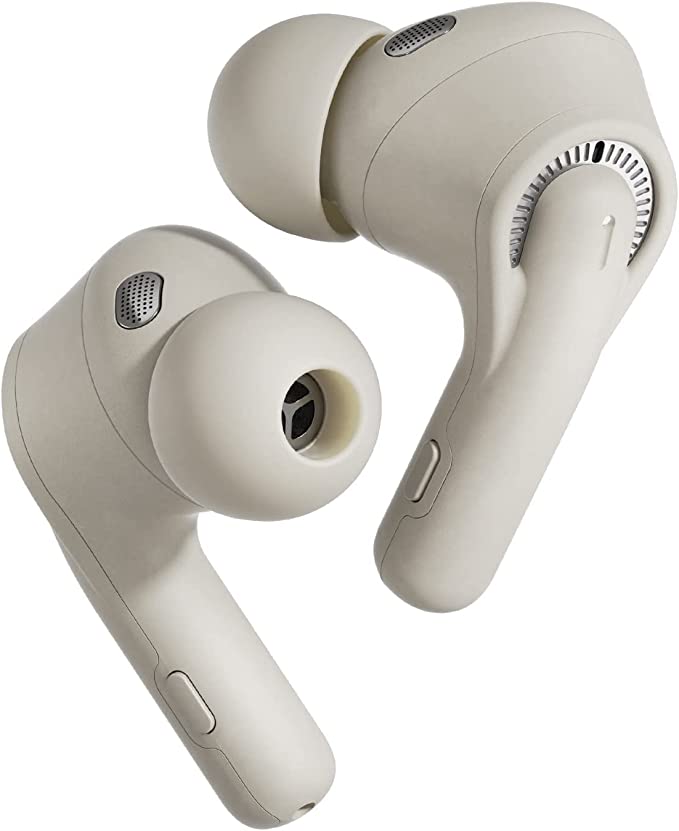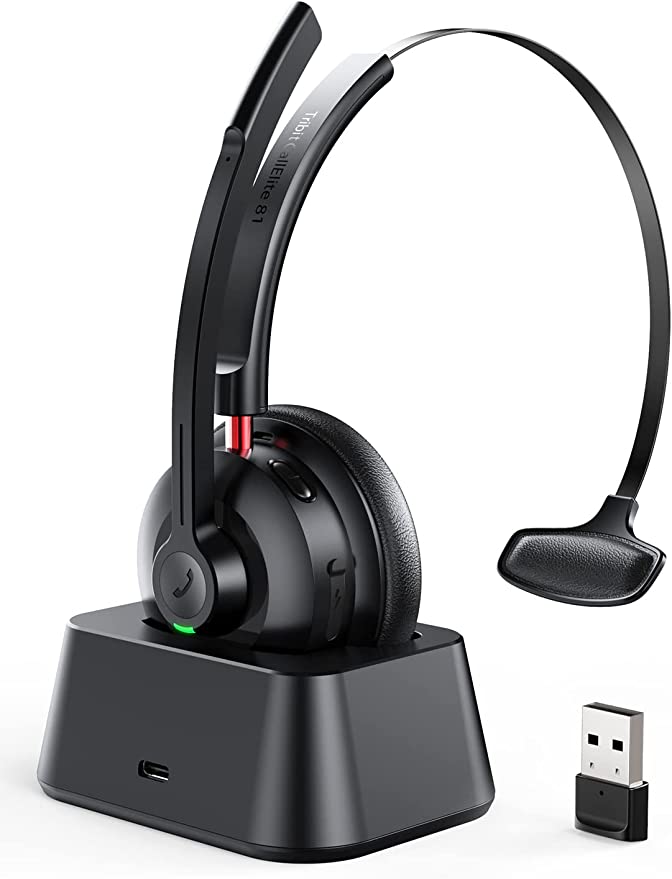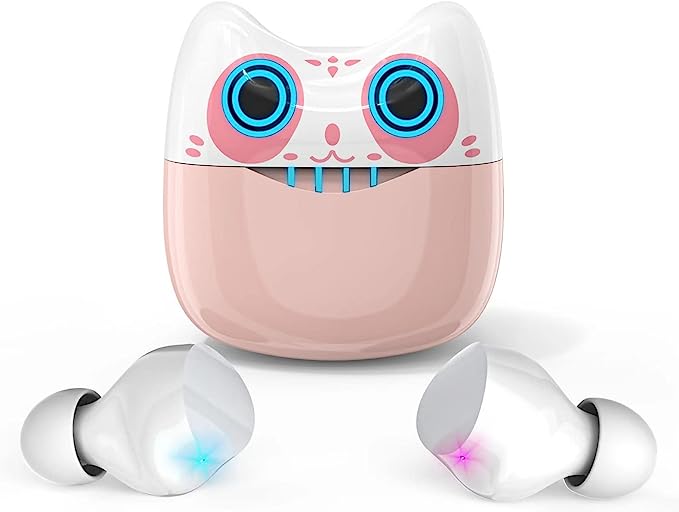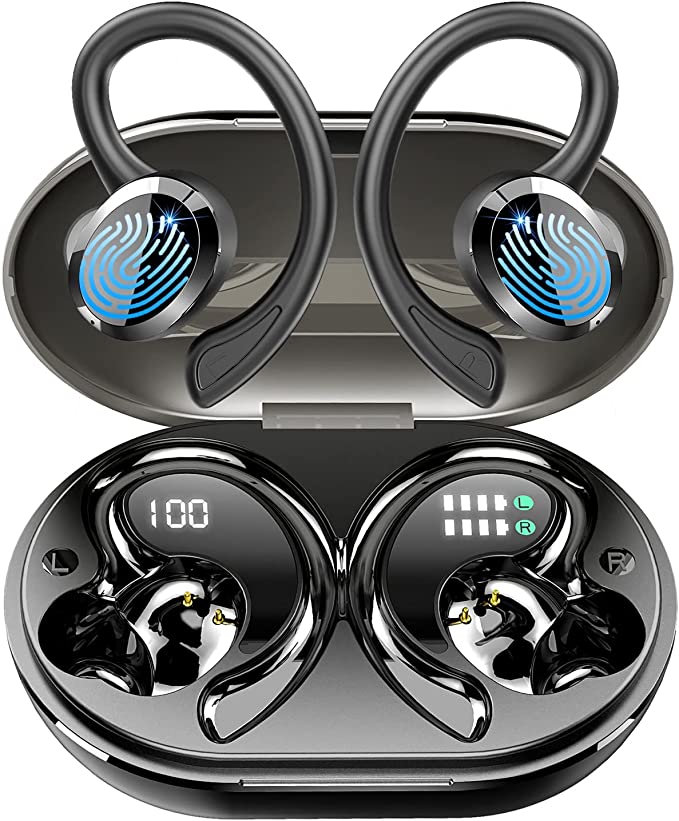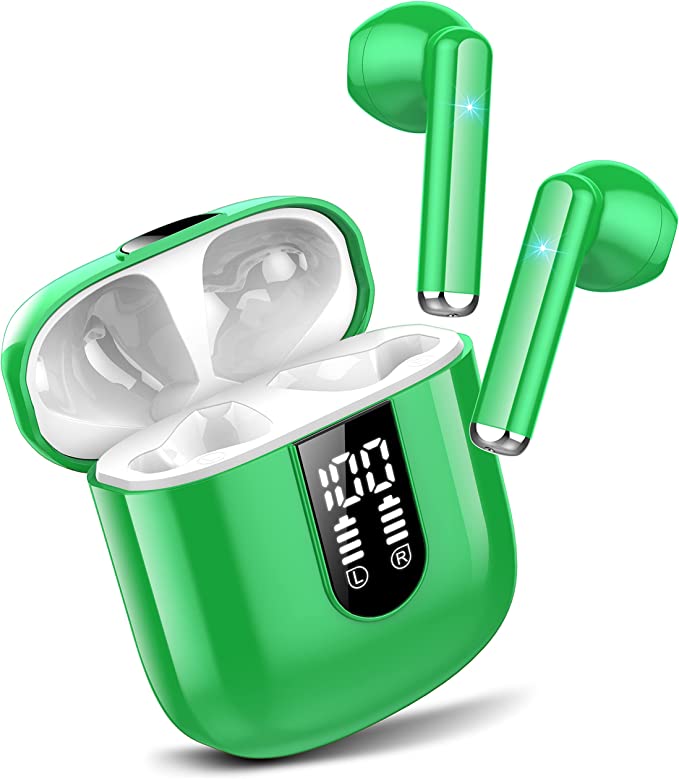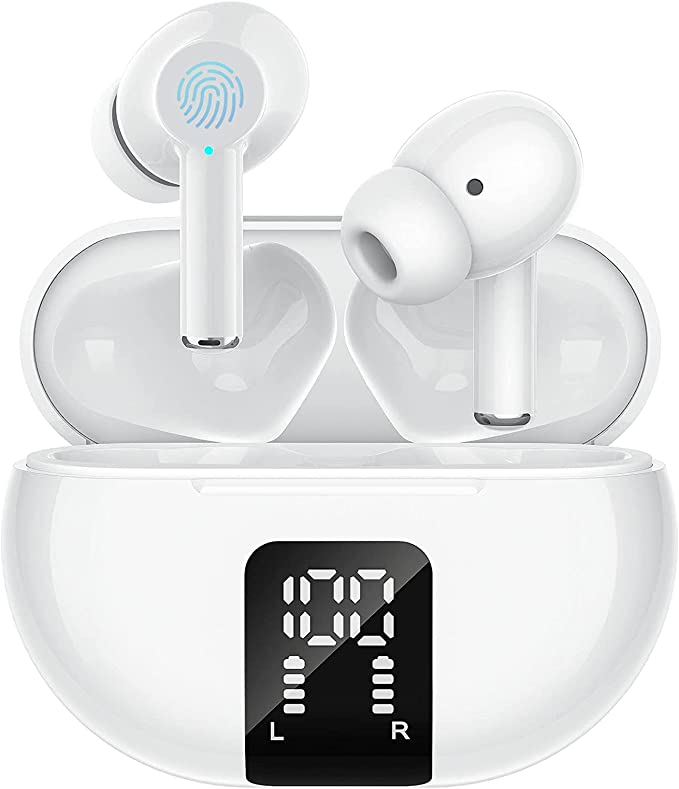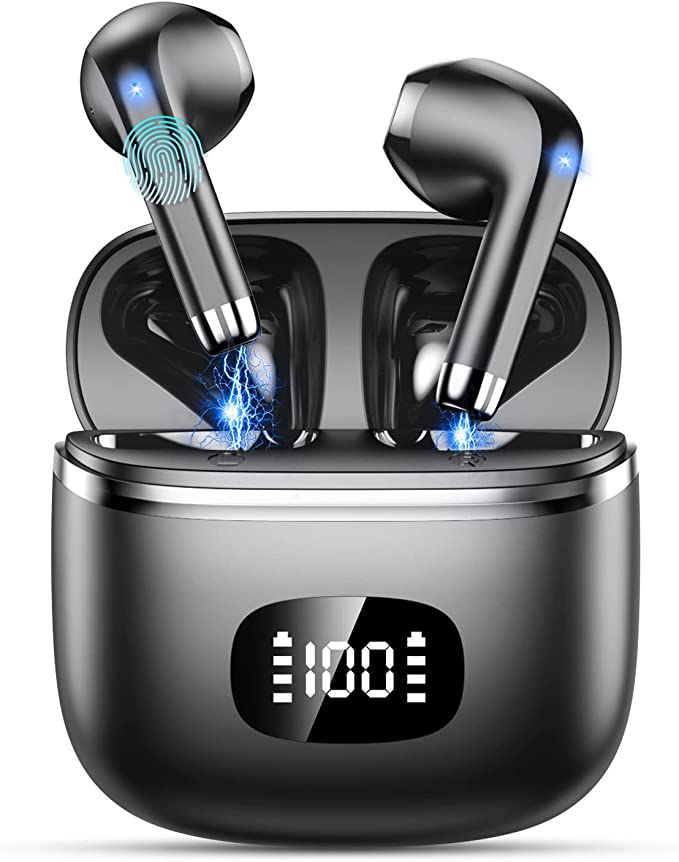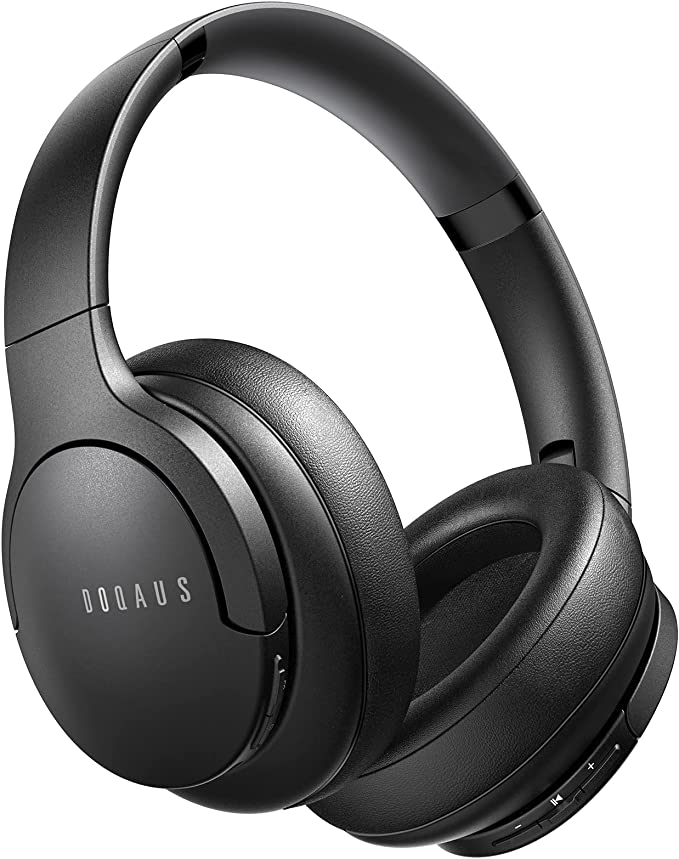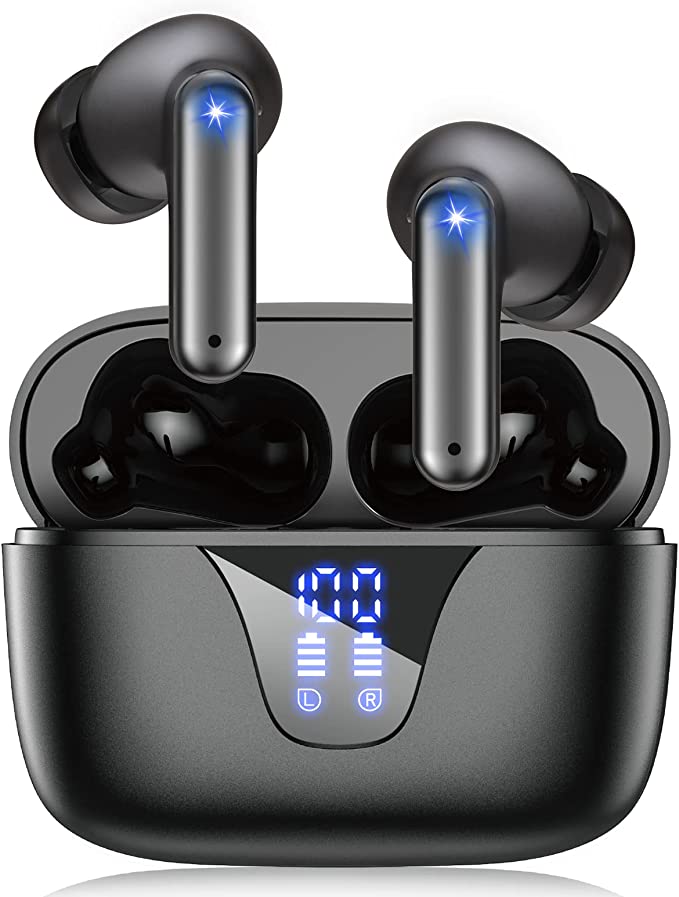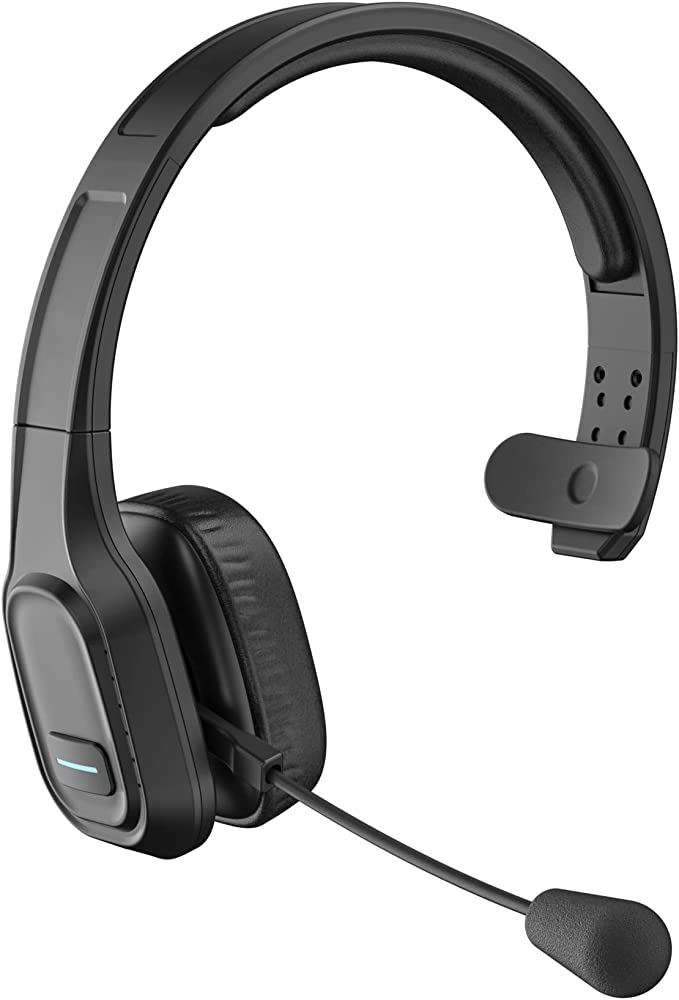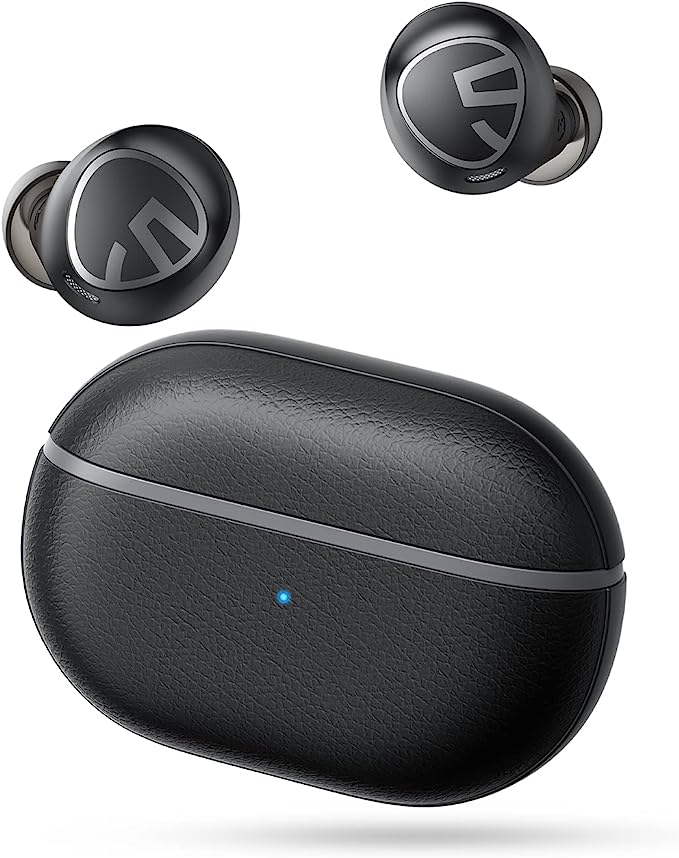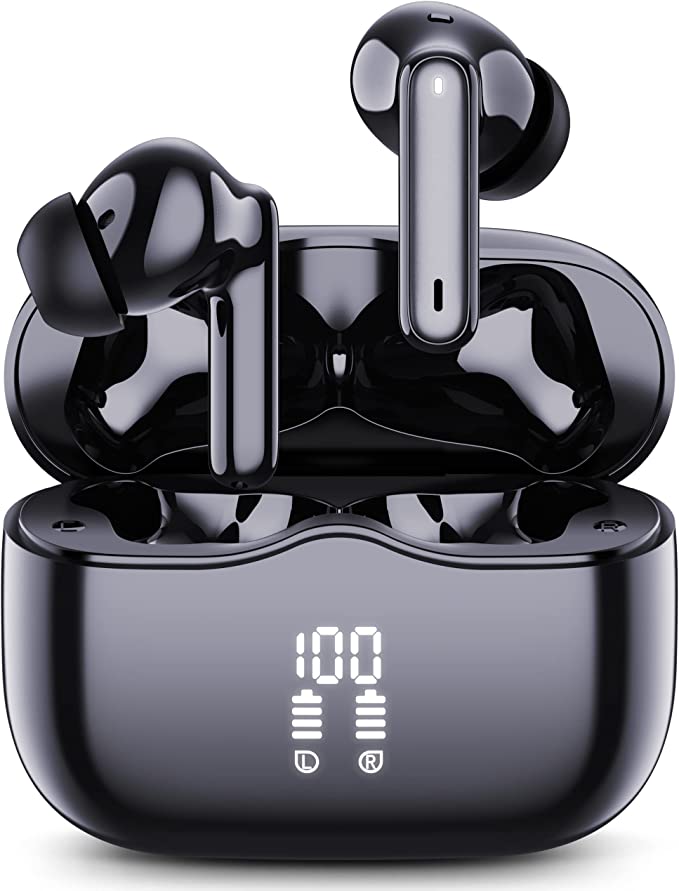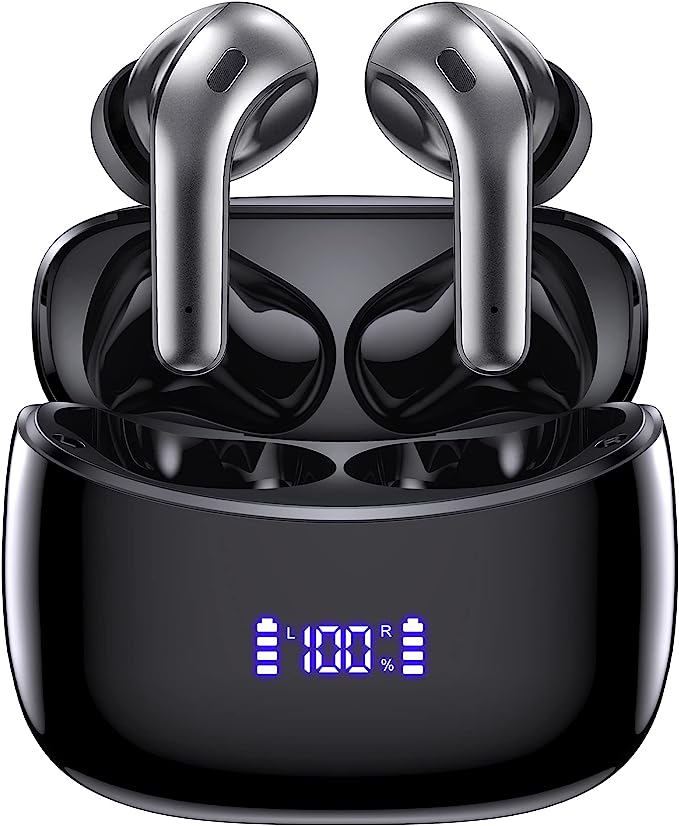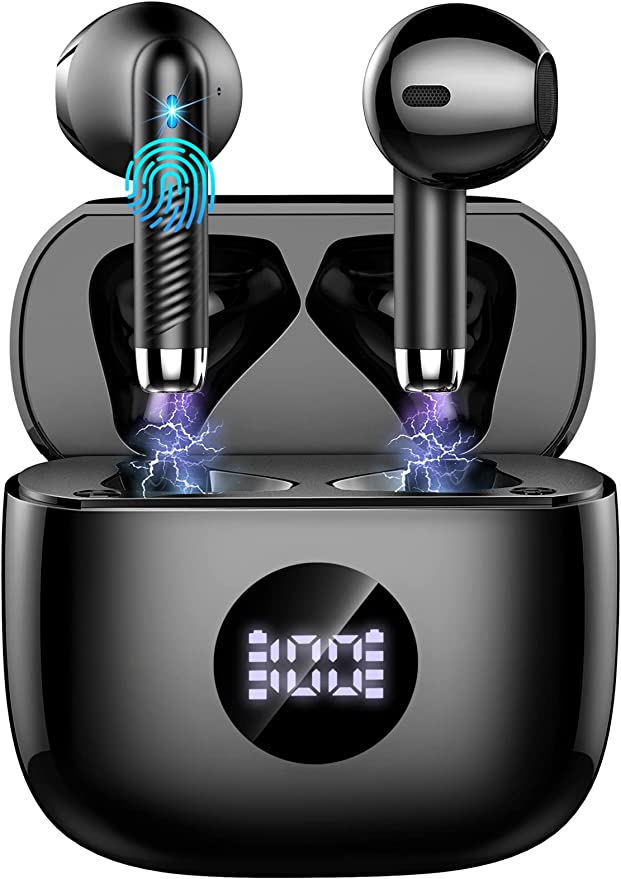Tribit Starlet 02 Kids Headphones: Long 54-Hour Battery Life and Hearing Protection Technology for Kids' Safe Listening
Update on July 3, 2025, 10:51 a.m.
Imagine this: you’re navigating a bustling airport terminal. The announcements blare, luggage wheels clatter on the tiles, and the sheer volume of human activity creates a tidal wave of noise. Your child, overwhelmed, is on the verge of a meltdown. You reach into your bag and pull out their headphones, a trusted tool for calm. As they slip them on and retreat into their own world, a new, quieter anxiety surfaces in your mind: is this sanctuary safe? Is the very tool I’m using to protect them from one kind of sensory assault creating another, more insidious harm?
In my practice as a pediatric audiologist, this is a question I see etched on the faces of countless parents. We live in a world saturated with sound, and we’ve given our children a key to control it. But to ensure that key unlocks a safe haven and not a hidden danger, we must first understand the invisible architecture of sound itself.

The Invisible Architecture of Sound
Let’s start with decibels (dB), the unit we use to measure volume. It’s a deceptively simple number. The decibel scale is logarithmic, not linear, which is a fancy way of saying a small increase in the number represents a massive leap in sound energy. Think of it less like a ruler and more like the Richter scale for earthquakes. A sound at 95 dB is not just a little louder than one at 85 dB; it has ten times the sound intensity. This is why public health bodies like the World Health Organization (WHO) have set clear guidelines: exposure to sound levels at 85 dBA (a weighted scale that mimics human hearing) should be limited to eight hours a day.
But it gets more complex. Not all sound is created equal. I want you to think of a specific range of sound frequencies—between 2,000 and 4,000 Hertz (2-4 kHz)—as the audio equivalent of ultraviolet (UV) light. It’s a band of sound that is particularly potent and potentially damaging. Our ears are exquisitely sensitive in this range, which is critical for understanding the clarity and consonants of speech.
Deep inside the inner ear, the cochlea houses thousands of microscopic hair cells, arranged like the strings of a grand piano. These are the delicate transducers that convert physical vibrations into the electrical signals our brain perceives as sound. When exposed to excessive sound energy, especially within that sensitive 2-4 kHz range, these delicate hair cells can be permanently damaged. They fray and die, and unlike a sunburn that heals, this damage is irreversible. The piano string is snapped forever. This is Noise-Induced Hearing Loss (NIHL).

Engineering an Audible Shield
The good news is that thoughtful engineers are now tackling this problem with scientific precision. They are designing headphones that act as a shield, built upon the very principles of audiology. A product like the Tribit Starlet 02 Kids Headphones serves as an excellent case study of this protective philosophy in action.
The first layer of this shield is an intelligent volume limit. These headphones offer two settings: a standard cap at a health-authority-recommended 85 dBA for most environments, and an optional 94 dBA ceiling for use in exceptionally noisy situations, like on an airplane, where more volume is needed to overcome the ambient roar. This isn’t just about making things quiet; it’s an adaptive, context-aware safeguard.

The second, more sophisticated layer is what truly demonstrates an understanding of the science. Tribit calls it Sound Refiner technology, and it’s designed to specifically reduce the volume within that critical 2-4 kHz range. This is the masterstroke. It’s a form of Auditory Sunscreen. Instead of just turning down the entire sun, it applies a targeted, high-SPF filter to the most intense, damaging rays. This precision allows a child to enjoy a rich, full soundscape while the most vulnerable part of their hearing receives specific, scientific protection. This is made possible by quality 40mm speaker drivers, which can move more air to produce clear, robust sound without being driven into the harsh, distorted territory where damage often occurs.

More Than Protection: Crafting a Personal Sanctuary
True value, however, extends beyond technical specifications. I once read a parent’s comment stating these headphones were a gift for their son with autism. This resonates deeply with what we see clinically. For many children, especially those with sensory processing sensitivities, the world can feel like a constant barrage of unpredictable, overwhelming stimuli. A pair of well-designed headphones becomes more than a gadget; it becomes a personal acoustic sanctuary. It’s a portable, predictable space where a child can regulate their sensory input, find focus for online learning, or simply rest in a bubble of calm.

This is where a feature like a 54-hour battery life transcends mere convenience. It’s not just a number. It’s the assurance of an uninterrupted flight from New York to Sydney. It’s the peace of mind knowing that even after a chaotic week, this tool for calm will still be ready. It’s a buffer against parental anxiety, supported by a stable Bluetooth 5.2 connection that won’t drop out at a critical moment.

The Guardian’s Role: The Final, Crucial Step
Yet, no technology, no matter how clever, is a panacea. It is a powerful tool, but the user—and in this case, the parent—is the guardian. It’s our role to have conversations about why we don’t listen at full volume, to set time limits, and to encourage breaks for their ears to rest. We must also acknowledge the physical reality of children’s products. Some users have noted issues with durability, a reminder that any device made for kids must be built to withstand their wonderfully energetic and unpredictable lives—a challenge for all manufacturers in this space.

Ultimately, protecting our children’s hearing is an act of profound love. It’s about preserving their ability to hear laughter, to be moved by music, to learn from a teacher’s whisper. By choosing tools designed with a deep understanding of science, and by pairing them with our own guidance and wisdom, we can do more than just prevent harm. We can become the thoughtful guardians of their senses, using our knowledge to tune a safer, gentler, and more beautiful world for them to discover.

